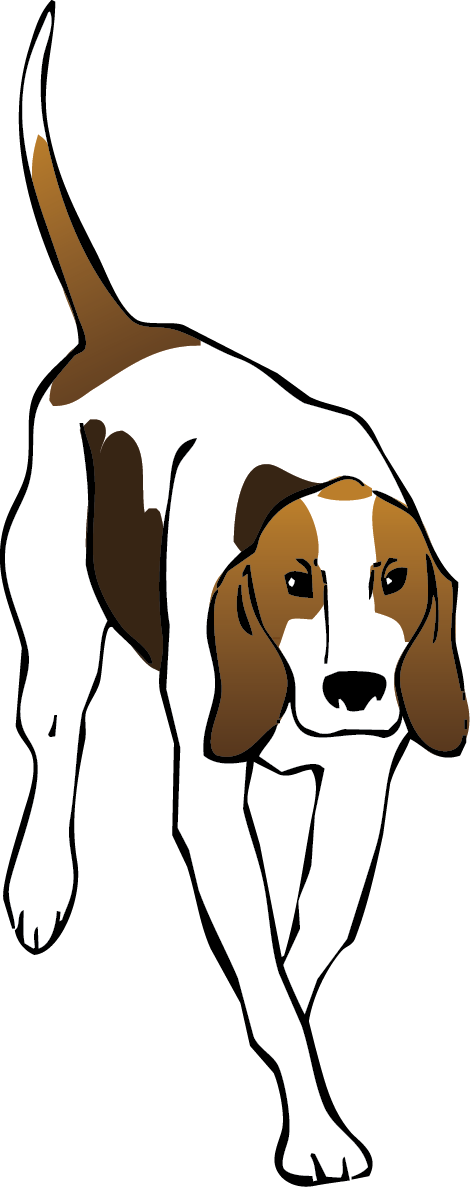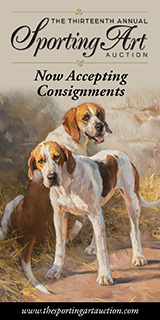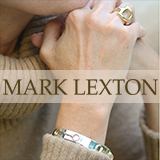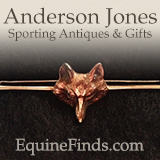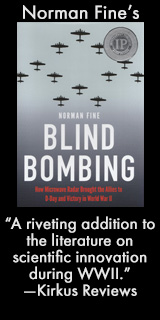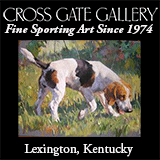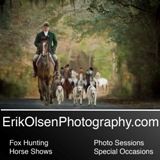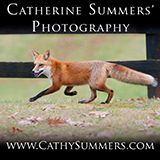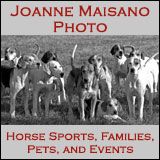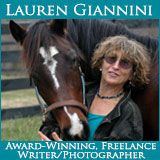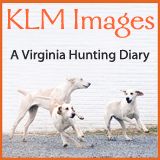Scarteen Hounds
Lord Oaksey Goes Hunting
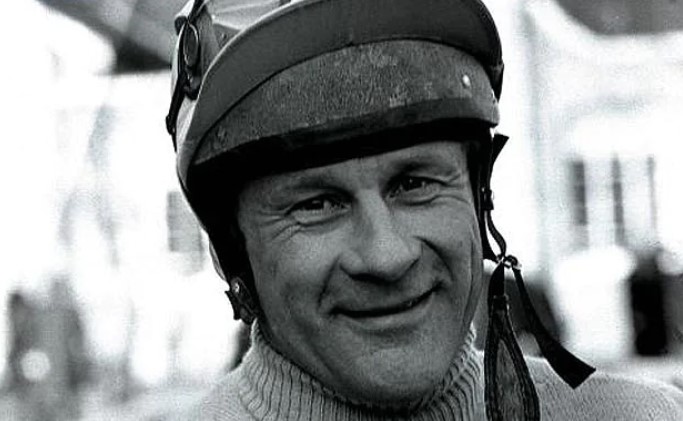
My first ride on Carrickbeg was in the Leopardstown Chase [run on the final day of the Dublin Racing Festival]. With England frozen solid, he had not run for five weeks, and I had been leading the life of Riley―or rather of Soapy Sponge: ten wonderful days hunting in Ireland.
Of course, the fox and the hound play essential parts, and I wish I understood them better. I respect and envy those to whom every cry of a hound or a note of a horn brings an immediately recognizable image―the experts to whom one clever, successful cast means more than five minutes across the best of Leicestershire, Limerick, or Tipperary.
PP Hogan (1922-2005)
In Ireland, the early 1950s through the 1960s was an era of amateur Master/huntsmen―young men of some means―who took on a pack of hounds more as an avocation than a job," writes our correspondent, Dickie Power. He was fortunate to have hunted with many of them, such as Thady Ryan in Scarteen, Evan Williams in Tipperary, Lord Daresbury in Limerick, Capt. Harry Freeman-Jackson in Duhallow, Victor McCalmont in Kilkenny, Elsie Morgan in West Waterford, and PP Hogan in Avondhu. This centenary year of Hogan’s birth is an appropriate time to remember him―a legend of Irish foxhunting and point-to-point racing.
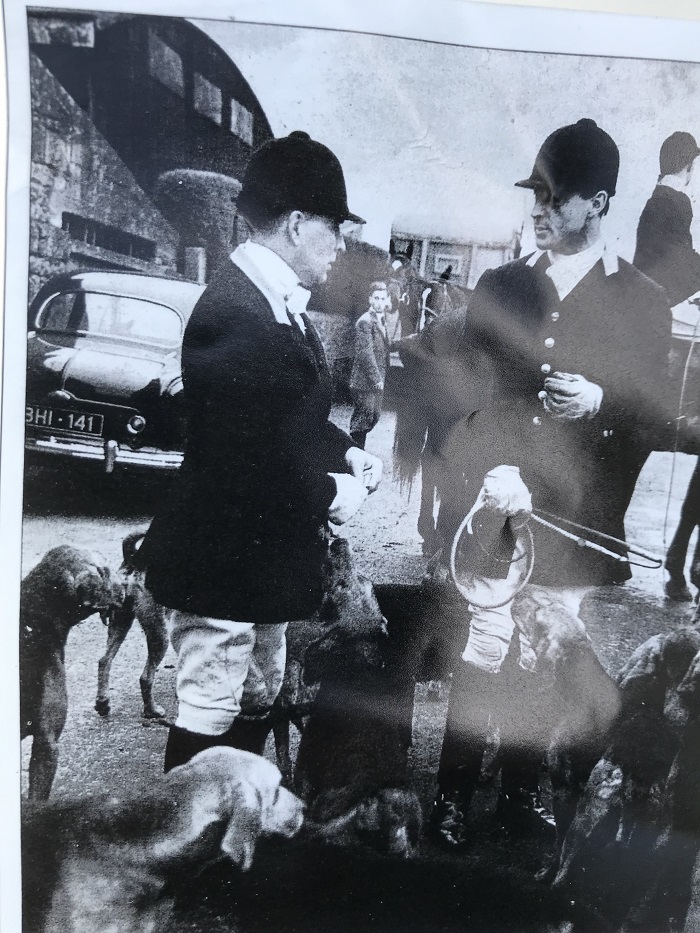 (L-R) PP Hogan with his friend Thady Ryan, Master and huntsman, Scarteeen Black and Tans (1956)
(L-R) PP Hogan with his friend Thady Ryan, Master and huntsman, Scarteeen Black and Tans (1956)
PP (Pat) Hogan was born in Ireland into a family of horse dealers, farmers, and huntsmen, with an odd Bishop thrown in. His great uncle was the sporting bishop of Limerick, who always encouraged his clergy to ride to hounds.
The Hogans were a well-to-do farming family, with farms dotted around east Limerick, then as now an area steeped in everything to do with the horse. PP rode almost before he could walk. He rode his first race at the age of twelve. In those days before health and safety reigned supreme, it was only a matter of months before he made the first of countless visits to the winner’s enclosure.
Pat Coyle: Forty-Two Seasons, Huntsman, Ward Union Staghounds
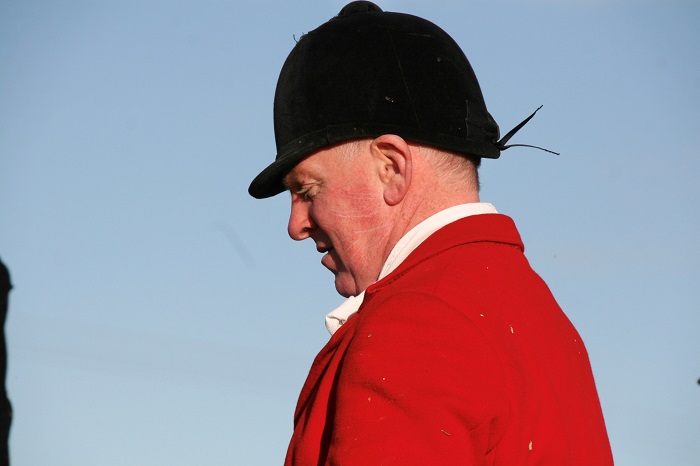 Pat Coyle, huntsman, Ward Union Staghounds (IR) / Catherine Power photo
Pat Coyle, huntsman, Ward Union Staghounds (IR) / Catherine Power photo
Pat Coyle, born and reared in Two Mile House, Co Kildare, has been huntsman of the Ward Union Staghounds since 1980. It was as natural for young Pat to follow a hunting career as it was for a bank manager’s son to join the bank. Pat’s maternal uncle, Eamonn Dunphy, was the much-revered huntsman of the Ward Union, but age and falls had taken their toll. By the late 1970s, he was nearing the end of his tether. So when the job of yardman in the kennels fell vacant, seventeen-year-old Pat Coyle applied and was hired. By that point, he was no longer red raw.
Thady Ryan: Three Centuries of Tradition at Scarteen
Thaddeus 'Thady' Ryan of Scarteen was Master of the family pack of Kerry Beagles from 1946 to 2005, the year of his passing. Records show this unique breed of hounds has been in the Ryan family at Scarteen for ten consecutive generations stretching back more than three centuries. The pack hunted hare in the earlier years, then the stag, and finally, in 1927, the fox.
Thady Ryan, MFH, and Tommy O'Dwyer with the Scarteen Hounds at Knocktoran Bog, 1982. / From the painting by Peter Curling
The period from the early 1950s through the 1960s was an era of amateur Master/huntsmen where young men of some means would take on a pack of hounds more as an avocation than a job. I was fortunate to have hunted with many of them such as Thady Ryan in Scarteen, Evan Williams in Tipperary, Lord Daresbury in Limerick, Capt. Harry Freeman-Jackson in Duhallow, Victor McCalmont in Kilkenny, Elsie Morgan in West Waterford, and PP Hogan in Avondhu.
Over the next couple of months, I hope to bring short hunting biographies of these remarkable sportsmen, recalling a time of long days in the field and even longer hunts when the leading horsemen of those times flocked to Ireland to experience the magic and challenge of hunting in the south of Ireland.
Ward Union Hosts Showjumping Royalty
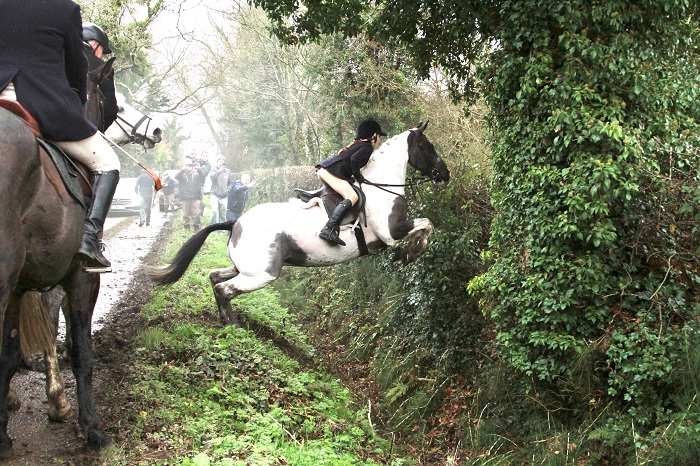 Kacey-Lou Carberry, 12, jumps ditch and bank cleanly off the road on a competent coloured cob on loan from Master Stephen O'Connor's family. / Catherine Power photo
Kacey-Lou Carberry, 12, jumps ditch and bank cleanly off the road on a competent coloured cob on loan from Master Stephen O'Connor's family. / Catherine Power photo
Tuesday, December 2, 2021, was a gala day in Co. Meath, Ireland. Not only were the usual crack Ward Union jockeys out, but also in the field was a group of world-class showjumpers.
Shane Breen, Joint-Master of the Scarteen Black and Tans and a member of the Irish National Showjumping team, had arranged for a group of showjumpers to experience the mystique and magic of hunting in Ireland, in general, and with the Ward Union, in particular. Team Ireland was just back from Portugal, where they had emerged victorious in the Nations Cup finals the week before.
Bespoke Hunting Attire: Part 1
The Art of Making
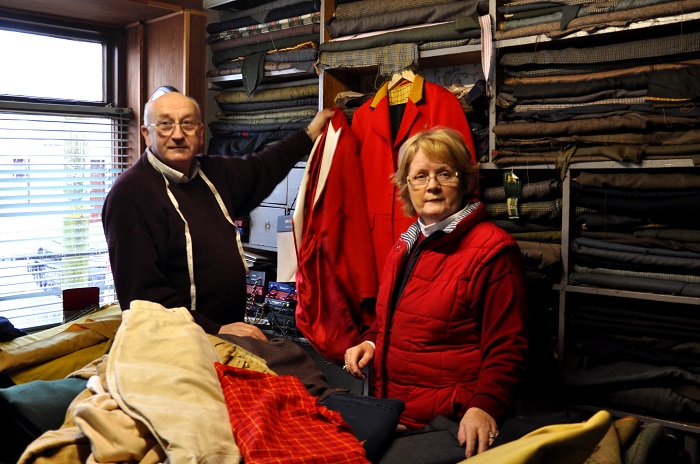 Michael and Elsie Frazer in their bespoke tailoring shop in the village of Hospital, Ireland / Noel Mullins photo
Michael and Elsie Frazer in their bespoke tailoring shop in the village of Hospital, Ireland / Noel Mullins photo
I read a report recently in The Sunday Times that ‘Fast Fashion,’ a term for the impulse buying of clothes online and in stores that people wear just a few times and then discard, contributes 1.2 billion tons of greenhouse gas emissions each year into the atmosphere. In the USA alone, 13 million tons of clothing are thrown into landfills or burned. In the UK, 300,000 tons of clothing end up in landfills, an interesting statistic in that the public is often led to believe, incorrectly, that farmers are to blame for all the unwanted emissions.
Those in the hunting fields, however, used to see family after family who wore hunting attire passed down from prior generations. What was their secret?
International Champion Show Jumper, Shane Breen, Loves His Hunting
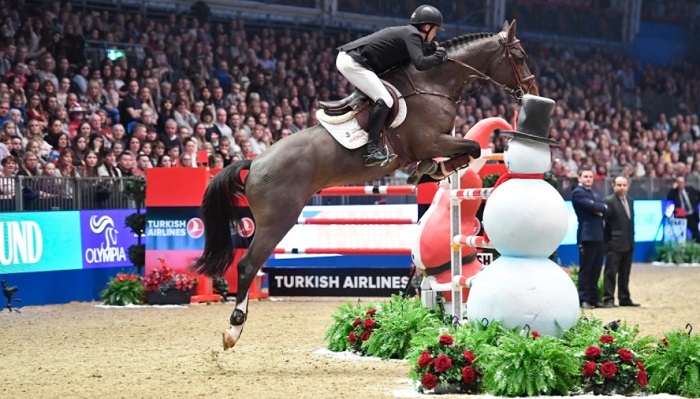 Shane Breen wins at the Christmas Masters CSI 5-Star at London International Horse Show.
Shane Breen wins at the Christmas Masters CSI 5-Star at London International Horse Show.
We hadn’t seen Shane Breen since the end of last hunting season, and what a change since then. There is rejoicing in Scarteen country with the news that Shane has joined the hunt Mastership. During our many chats (mostly on Zoom) leading up this article, I asked him which gave him the most satisfaction, a top class win in showjumping or a really cracking day’s hunting. Without hesitation the answer came in favour of the latter. However, with a little prompting from wife Chloe he agreed that perhaps winning the Grand Prix in Dublin (with a purse of €330,000) might just shade it.
The Huntsman’s Horse
 Chris Ryan staying with his Scarteen Black and Tans / Catherine Power photo
Chris Ryan staying with his Scarteen Black and Tans / Catherine Power photo
It is generally recognised that only a very special horse will suffice for a huntsman of a premier pack. Many of these horses acquire fame in their own right and often become even better known than their riders. No horse should ever be considered too good or too valuable for a huntsman on a big day. Capt Harry Freeman-Jackson regularly hunted the Duhallow hounds off St. Finbarr, which he rode when representing Ireland in the Rome Olympics. Many of the greats are a one-of and often unridable unless they are up front.
Hunting with Daniel O’Connell, The Liberator
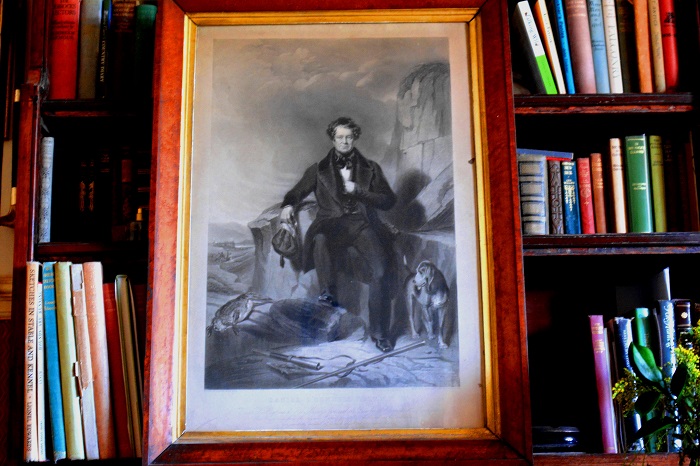 Portrait of Daniel O’Connell and one of his Kerry Beagles / Noel Mullins photo
Portrait of Daniel O’Connell and one of his Kerry Beagles / Noel Mullins photo
Researching the history of one’s sport can be very rewarding, as little did I know during my history classes in school that the Irish politician Daniel O’Connell (1775-1847), known as The Liberator, was a hunting man. Maybe I would have paid more attention had I known!
I explored Daniel O’Connell’s hunting life further when I was given a seventy-year-old unfinished manuscript on the Kerry Beagle written by the great Irish writer, poet, broadcaster, and hunting correspondent, Stanislaus Lynch (1907–1983). I since edited Lynch’s manuscript and published his book in 2017 titled, In Search of the Kerry Beagle.
Entering Young Hounds
What follows is an excerpt from the author’s excellent book, Letters to a Young Huntsman.
 Foxhounds of the Orange County Hounds (VA) / Douglas Lees photo
Foxhounds of the Orange County Hounds (VA) / Douglas Lees photo
We would start roading (mounted hound exercise) around the middle of July. I really wanted the youngsters off couples by this time as a couple wrapped around a horse’s leg can be an ugly thing. Once puppies are used to going out with the horses, then it’s time to start introducing them to things like sheep, deer, cattle, etc.
This should be done as low key as possible; the worst thing you can do is make a big deal of it. If you have staff swinging whips and speaking loudly to the hounds, it’s only going to jazz them up. If you stay relaxed and cool, the hounds will pick up on that and remain cool themselves. Theses are things that they will see every day out hunting and everyone has to act accordingly.
